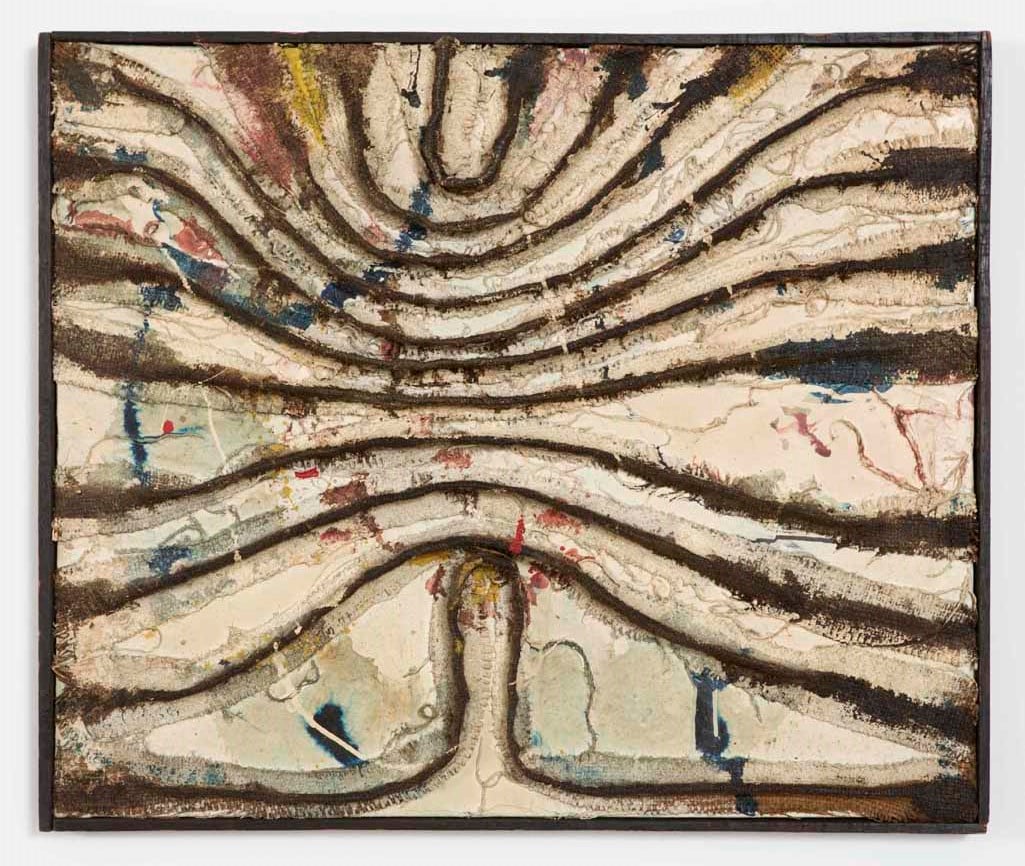
On February 24, London’s Saatchi Gallery will launch a new commercial space called SALON, dedicated to exhibiting and selling the work of leading international artists who haven’t enjoyed much exposure in the UK.
Under the helm of Philippa Adams, senior director of the Saatchi Gallery, the new initiative will involve collaborations with galleries and artist’s estates to stage selling exhibitions.
SALON is launching with an ambitious project: a show of works from the 1950s and 60s by Japanese artist Tsuyoshi Maekawa organized in collaboration with the gallery Lévy Gorvy. Maekawa was a prominent member of the Gutai Art Association, Japan’s most significant avant-garde collective of the Post War era.
“SALON has been created because there are limited opportunities for international artists to show at major museums in the UK. Saatchi Gallery, which attracts more than 1.5 million visitors a year, will provide that platform, and SALON in collaboration with Lévy Gorvy is privileged to inaugurate with a breathtaking display of historic works by Tsuyoshi Maekawa,” Adams said in a statement.
Gutai was founded in 1954, and Maekawa was included in the 8th Gutai Exhibition at the Kyoto Municipal Museum of Art in 1959. Maekawa’s artistic concerns in this period related to the issues of materiality and three-dimensionality of painting.
Following Maekawa’s first solo exhibition at the Gutai Pinacotheca in November 1963, the artist was represented in every Gutai event until the group’s eventual dissolution following the death of the group’s founder, Jiro Yoshihara, in 1972.
Tsuyoshi Maekawa in November 2016. Photog Viktor Bentley, courtesy Lévy Gorvy.
Yoshihara understood the word Gutai (which can be translated as “concrete”) as a way to express the idea that art constitutes the embodied, material manifestation of human spiritual freedom.
Sharing the exploration of the performative aspects of painting with several coeval movements—most notably Abstract Expressionism in the US and Art Informel in France—Gutai artists blurred the boundaries between painting and performance, between artwork and event, like few others. Allan Kaprow considered the group a pioneering force in the introduction of Happenings in Japan.
London-based Gutai fans are in luck, as the inaugural show at SALON will coincide with an exhibition of fellow Gutai member Kazuo Shiraga at the Lévy Gorvy gallery space on Old Bond Street.
With his 1955 landmark performance Challenging Mud—in which the artist wrestled with a plot of mud, enacting a struggle between human form and material—Shiraga became one of the best-known members of the Gutai group.